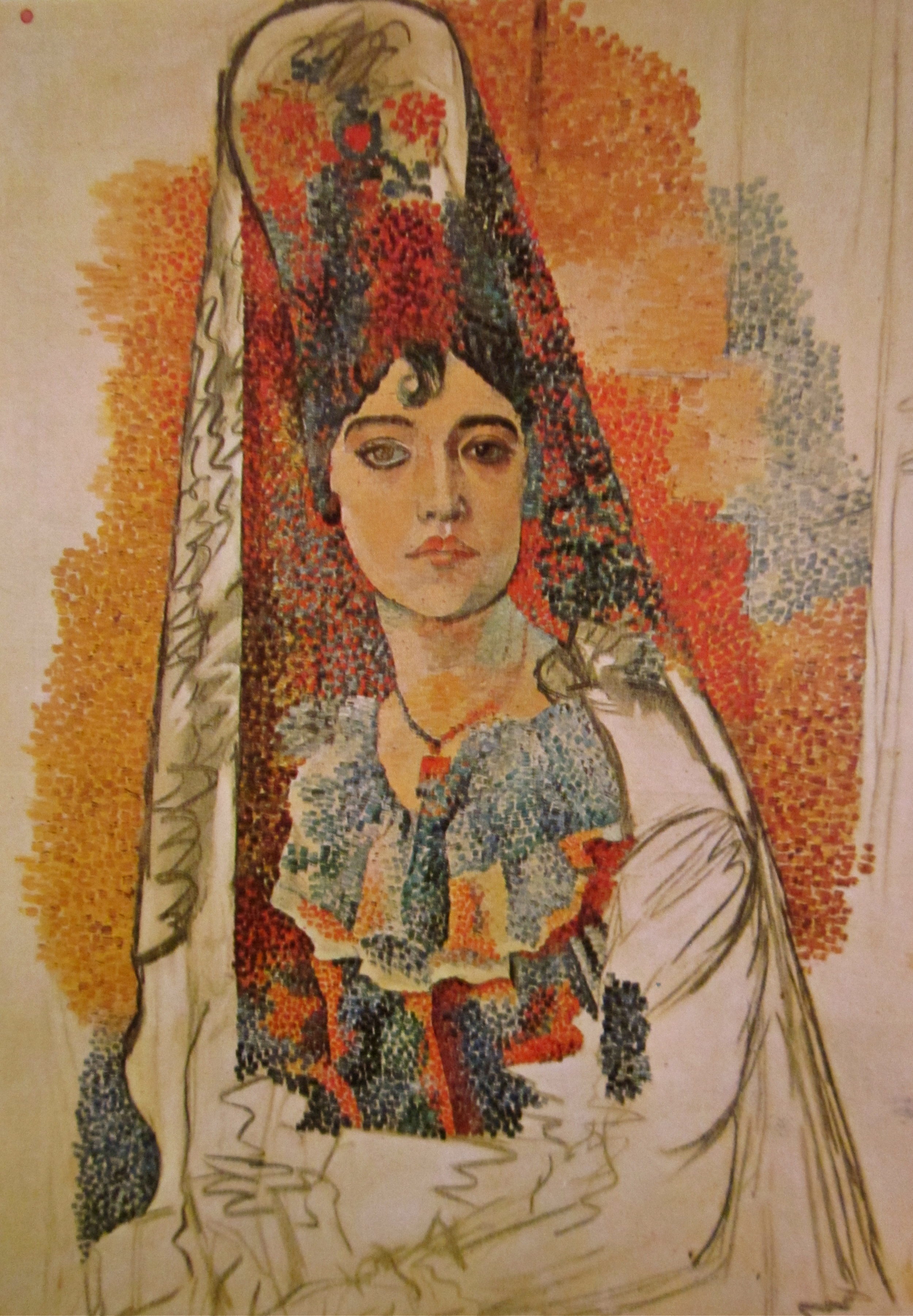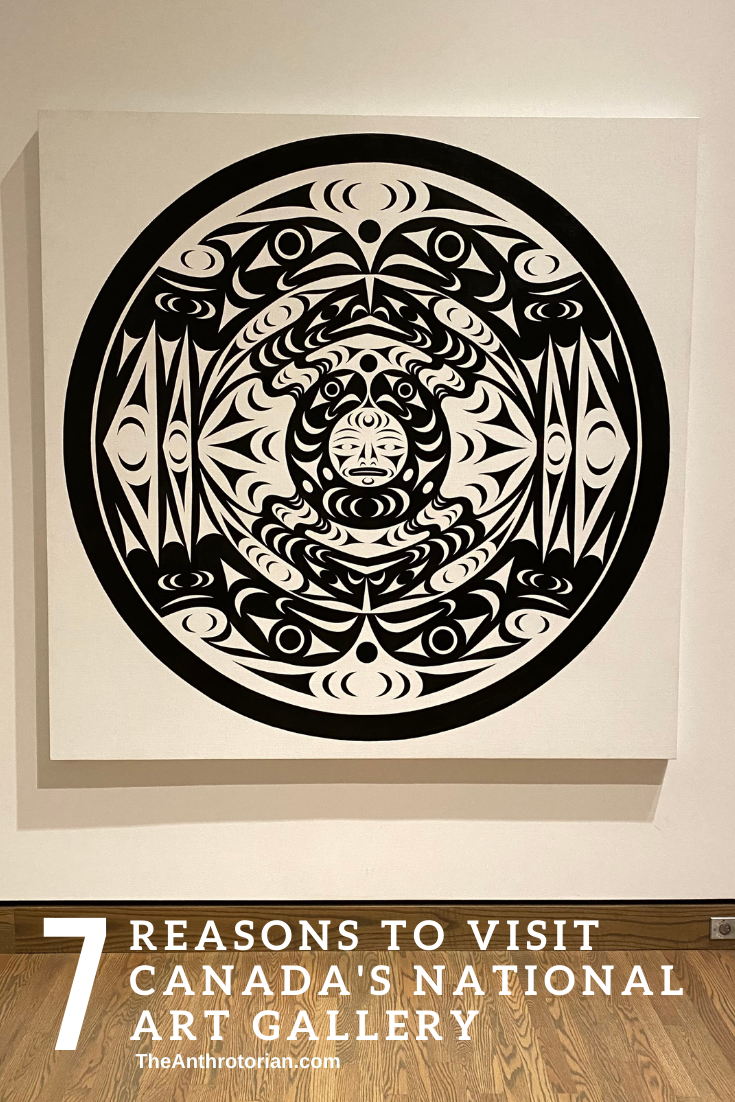Have you seen those white and black wooden horses you can get at Ikea?
You know the ones — they are next to the vases and fake flowers, right before you hit the warehouse area.
Ya, those ones.
Well, it turns out that they are actually called Dala Horses, and they are an important part of Swedish history and culture.
The Story
In the 17th century and early 18th century, men working in the forest in the Dalarna region during long, cold evenings began carving small wooden horses to bring home for their children to play with.
They were unpainted and simple but soon became treasured objects.
As they started to become more popular, and visitors to the towns in the region wanted to buy them, villagers started to paint them in bright colours and patterns inspired by what was painted on furniture and walls in the region at the time.
Entire families started working on carving and painting these Dala horses (Dalahast in Swedish), and they soon became one of the official symbols of Sweden.
The Dala horse became internationally recognized when a giant red one was placed outside the Swedish pavilion during the World Exhibition in New York in 1939. The year after the exhibition, there was such a demand from consumers in the city that more than 20,000 Dala horses were shipped over to America and sold in stores!
Now, almost every Swedish home will have a Dala horse somewhere, whether displayed on a shelf or tucked away.
While red is the most common colour, you will also find horses in white, green, blue and black. They are still handmade and can be found for sale all over the country (not just at Ikea), and range in size, detail, and price (some are worth hundreds of dollars!).









